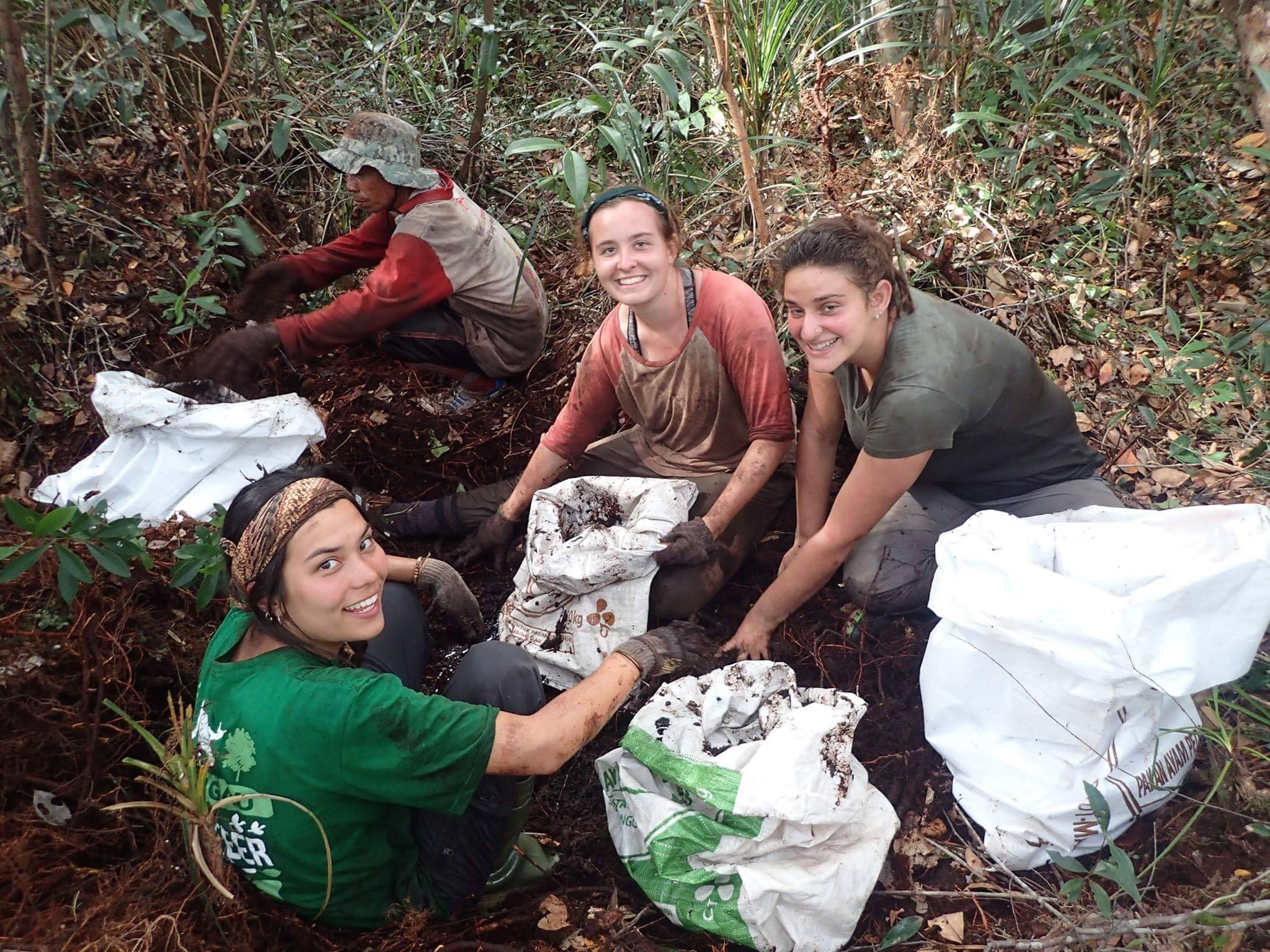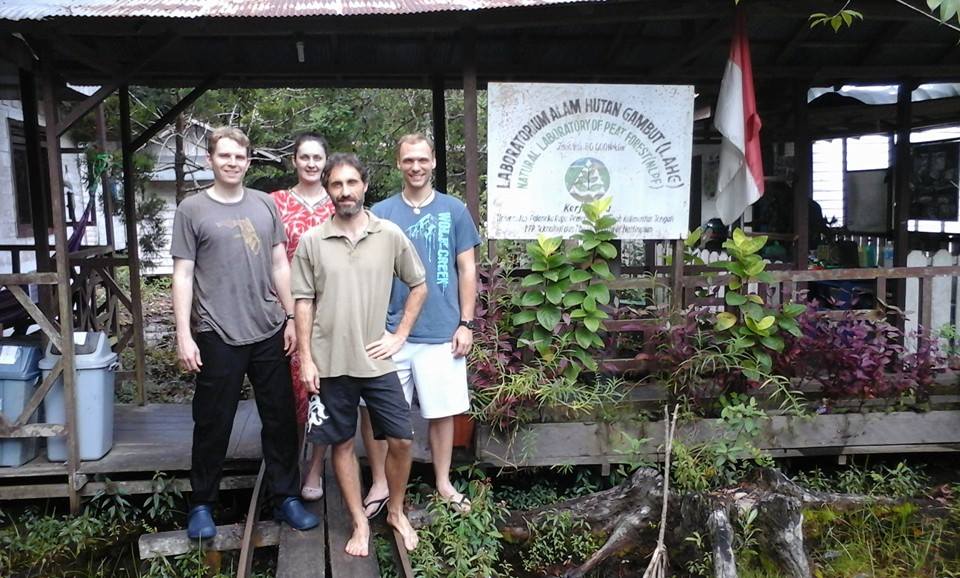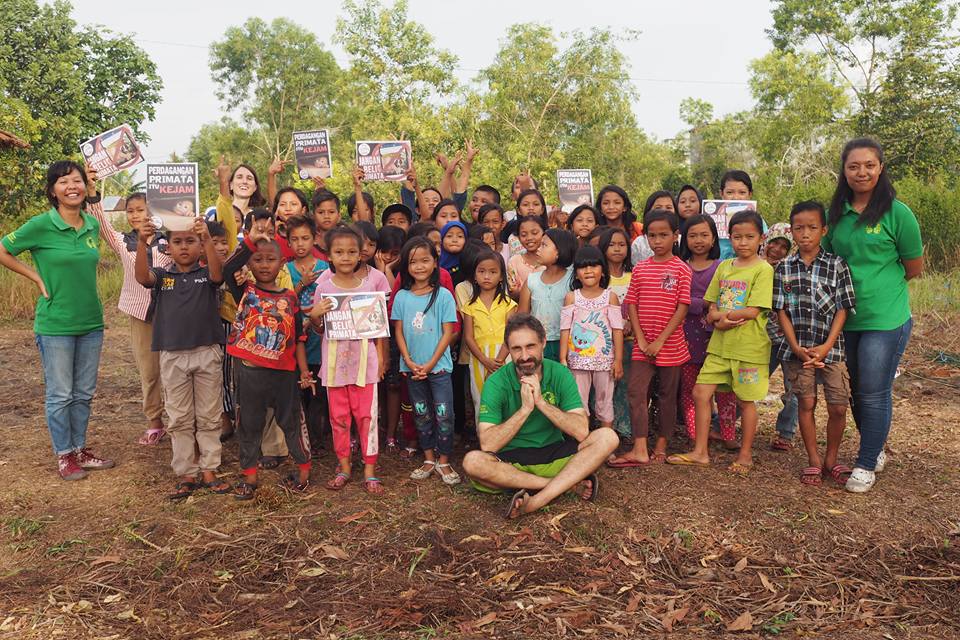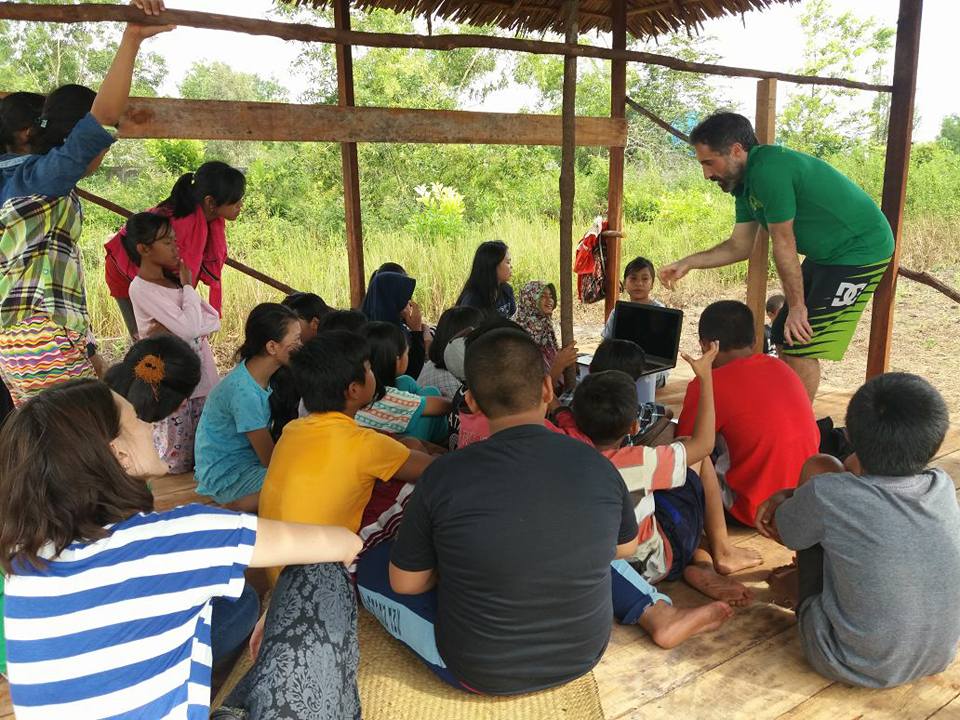
Meet Dr. Mark E. Harrison, Ecologist at the Borneo Nature Foundation and Director of our Indonesia: Peat Ecology field school. The program is based in the Sebangau peat-swamp forest in Central Kalimantan, Indonesian Borneo – the largest remaining lowland forest on Borneo and home to the world’s largest protected orangutan population. Here’s a few thoughts he has on the importance and excitement of field school in the tropical Sebangau forest:
Q: What are you most looking forward to with this course?
A: Borneo’s peat-swamp forests fascinate me and are of immense importance for wildlife conservation and in helping prevent dangerous climate change. I’m really looking forward to working with IFR students to (I hope!) enthuse them about these things that I find so fascinating and important myself, and providing people with a learning opportunity and experience that they can’t get elsewhere, and will hopefully take away with them for life.

Q: What do you think is the most meaningful part of the field course experience for students/what do you hope they take away from this experience?
A: Reading textbooks and watching documentaries is one thing, but nothing beats seeing an ecosystem first hand and learning in the field. This field course is based in the Sebangau forest and students will have opportunity to experience the jungle, see its wildlife, and see some of the threats it faces and conservation solutions being implemented first hand. This creates an impression and understanding that just can’t be achieved in a classroom – nobody forgets visiting the jungle!

Q: What subject area/research technique are you most excited to share with students?
A: I am most excited to share with students the fact that the tropical peat-swamp forest ecosystem is so rich, with so many different taxa present and so many questions to answer. There is not one all-purpose approach for everything: a variety of different approaches must be used and developed to answer different questions, and new questions are arising all of the time. This is what, for me, makes Sebangau such a great place to study.

Q: Please describe your current research and research interests.
A: I am interested in the reasons how and why tropical forest ecosystems vary over time and space, and particularly the influence of human activities on this. Some of my research questions therefore include: how does forest fruit production vary from year-to-year? Does butterfly abundance vary between undisturbed forest and disturbed areas? Can bioacoustics monitoring be used to indicate forest quality? This research is not only academically interesting, but also has practical implications in terms of monitoring forest health, the impacts of human disturbances and ensuring that conservation efforts are achieving their desired goals.
Q: What has been the most interesting research find/wildlife sighting at Sebangau?
A: It’s almost impossible to say which might have been my most interesting wildlife sighting in Sebangau! Possibly spotting a colugo (gliding mammal) one time, even if it was really brief and in terrible light, or seeing a moonrat at close quarters at camp on one occasion. For me, the most interesting research finding is discovering how forest wildlife is affected by fire and associated haze pollution. This is a complicated story and one that is still being unraveled, but it seems safe to say that the impacts are both widespread and severe, which highlights the critical importance of ongoing fire prevention measures.

Q: Please share a funny anecdote or exciting experience you recall from your time in Sebangau.
A: Probably my most exciting experience was being charged and ending up in a stand-off with a big – and angry – flanged male orangutan. These guys can weigh over 100 kg and are incredibly strong, so not an animal to get into a fight with! We were following him, as normal, to collect data on his behavior throughout the day. He was quite fired up and decided he wasn’t happy with us being around, so charged in our direction. Following protocol, I didn’t run away, crouched low and behaved submissively, avoiding eye contact. This worked fine – he didn’t attack (wild orangutans don’t tend to) and eventually got bored enough to move away – but not after sitting in a tree 2 meters above me for well over half an hour! I hung a bit further back from him for the rest of that day’s follow!


